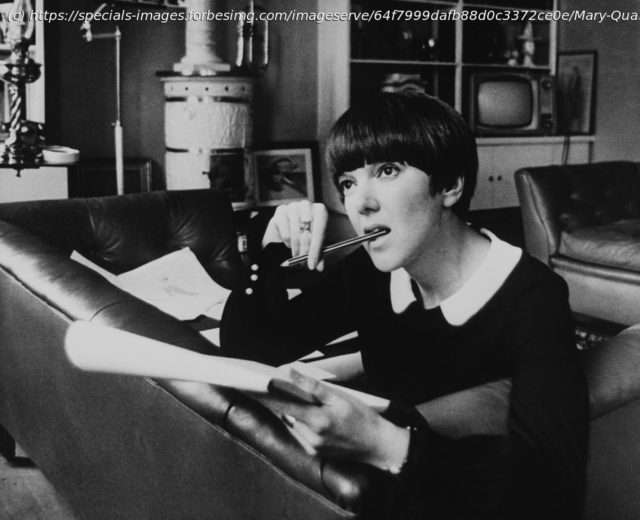The same design thinking responsible for museums, apps, or even teacups can be used to design a more fulfilling future.
In the counterculture movement of the 1960s, a time teeming with new ways of thinking, the earliest glimpses of human-centered design and design thinking were born. The worlds of architecture and product design began to move away from the sciences and towards an approach that put humans at its center. Fast-forward to this very moment—if you stop to look around your home, office, or any store, almost everything you’ll see is a product of this new wave of thought.
Design thinking is problem-solving. You might have a teacup beside you. Its handle was designed so that you could hold hot liquids without burning your hands. Its saucer was designed so that if you spill liquid, you won’t ruin what’s underneath. We use design thinking to create some of the world’s best and most human products. The question swirling around the internet is: Can we use this same process to design our own lives?
According to Ayse Birsel, author of “Design the Life You Love” and co-founder of the award-winning design studio Birsel + Seck, “Life is just like a design project. It’s full of constraints, money, age, location, circumstances.” The same design thinking responsible for museums, apps, or even teacups can be used to design a more fulfilling future. That is the basis of “Designing Your Life,” a class by Bill Burnett and Dave Evans at Stanford University.
As authors of “Designing Your Life: How to Build a Well-Lived, Joyful Life” and co-founders of Stanford University’s Life Design Lab, Burnett and Evans set out on a mission to „apply the innovation principles of design thinking to the wicked problem of designing your life at and after college.“ They describe wicked problems as those for which the criteria constantly change, like your own life—and they promise real, human tools to solve them.
If you’re wondering, can’t we just live our lives? Well, as Burnett and Evans have gauged from students and adults alike, people get stuck. We are often trapped by what they describe as dysfunctional beliefs.






